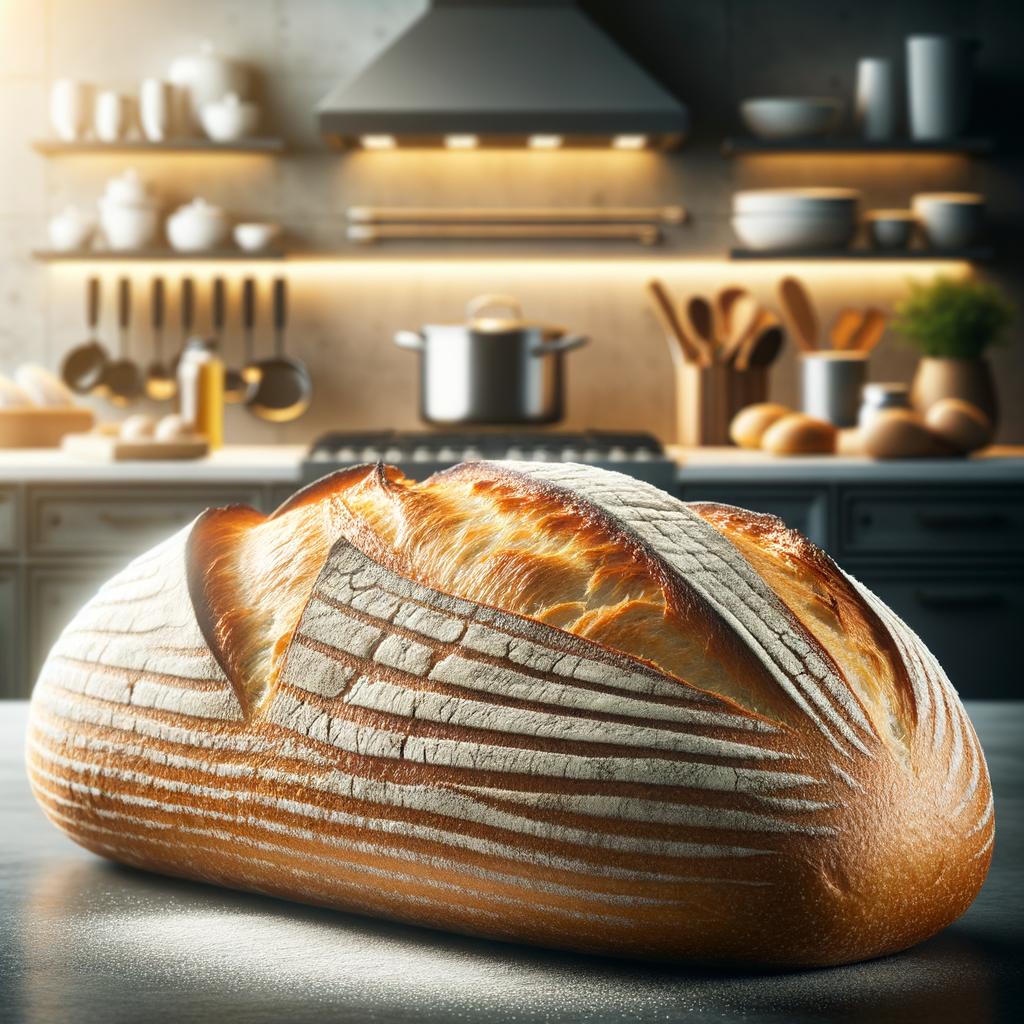French Bread

Description French bread, or as the French would call it, "Pain Français," is a staple in the world of baking. This elongated loaf, with a crispy, golden crust and a soft, chewy interior, is a testament to the art of simplicity in baking. Its flavor profile is mildly sweet and yeasty, with a hint of nuttiness. The crust provides a satisfying crunch, while the inside is airy and light. Its unique characteristics lie in its simplicity - made with only four ingredients: flour, water, yeast, and salt. Yet, the result is a bread of unrivaled texture and taste, a testament to the French adage, "less is more."
Primary Uses French bread is an incredibly versatile ingredient in the culinary world. It is commonly used in French cuisine, serving as the base for dishes like Croque Monsieur, French toast, and the classic French Onion Soup. It's also frequently enjoyed in its simplest form, lightly toasted with a spread of butter or dipped in olive oil. Outside the kitchen, French bread plays a significant role in French culture, symbolizing the French way of life and its rich history.
History The history of French bread dates back to the 17th century, when Louis XIV, the Sun King, demanded a bread that could be enjoyed by everyone, from the royals to the peasants. Over time, the French bread has evolved in shape, size, and recipe, but its significance in French culture remains unchanged. There are stories of how during the French Revolution, the government regulated the price of bread to prevent riots, highlighting its importance in French society.
Nutritional Information French bread is a good source of carbohydrates, providing energy for the body. It also contains small amounts of protein and negligible fat. While it lacks the fiber and certain vitamins found in whole grain bread, it does provide essential minerals like calcium and iron. However, as with any food, moderation is key. Enjoying French bread as part of a balanced diet can certainly add a touch of French elegance to your meals.

